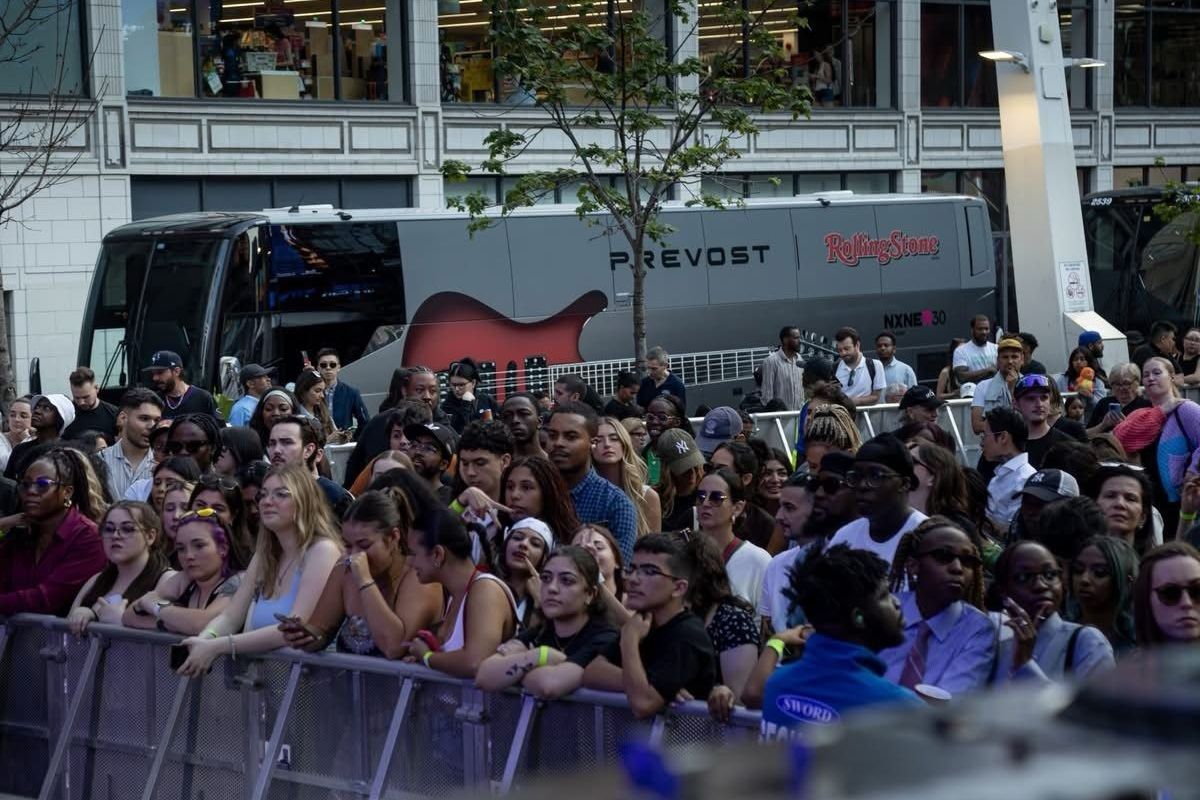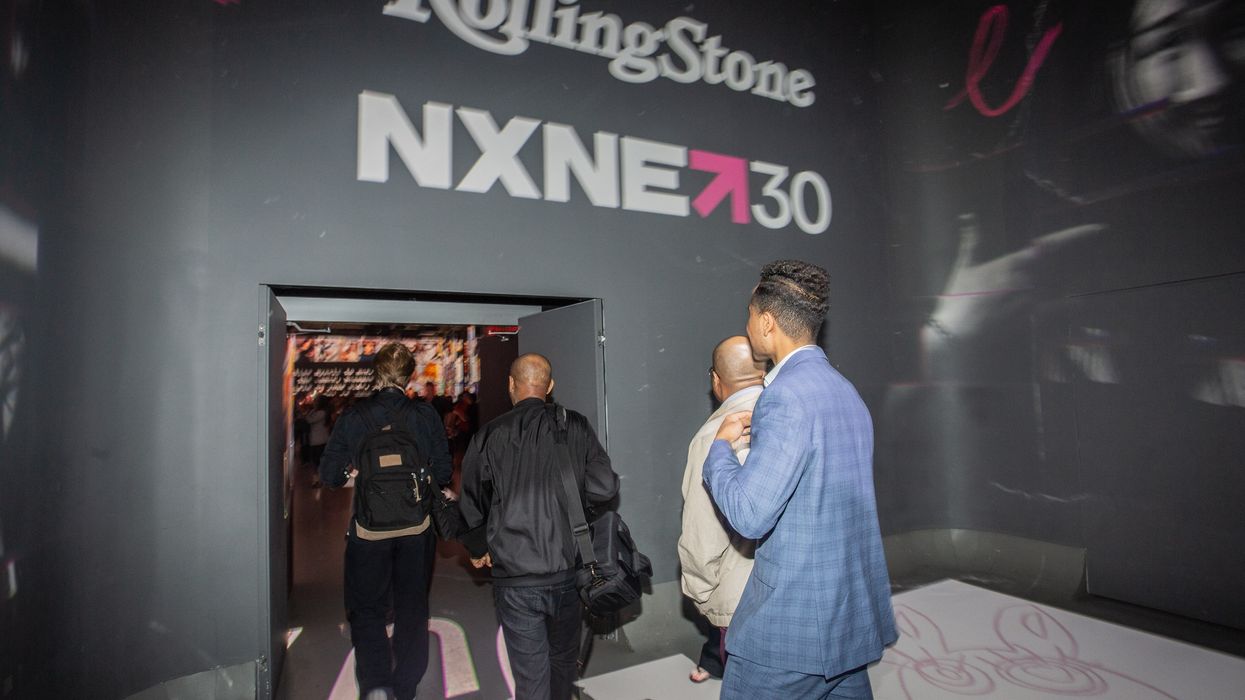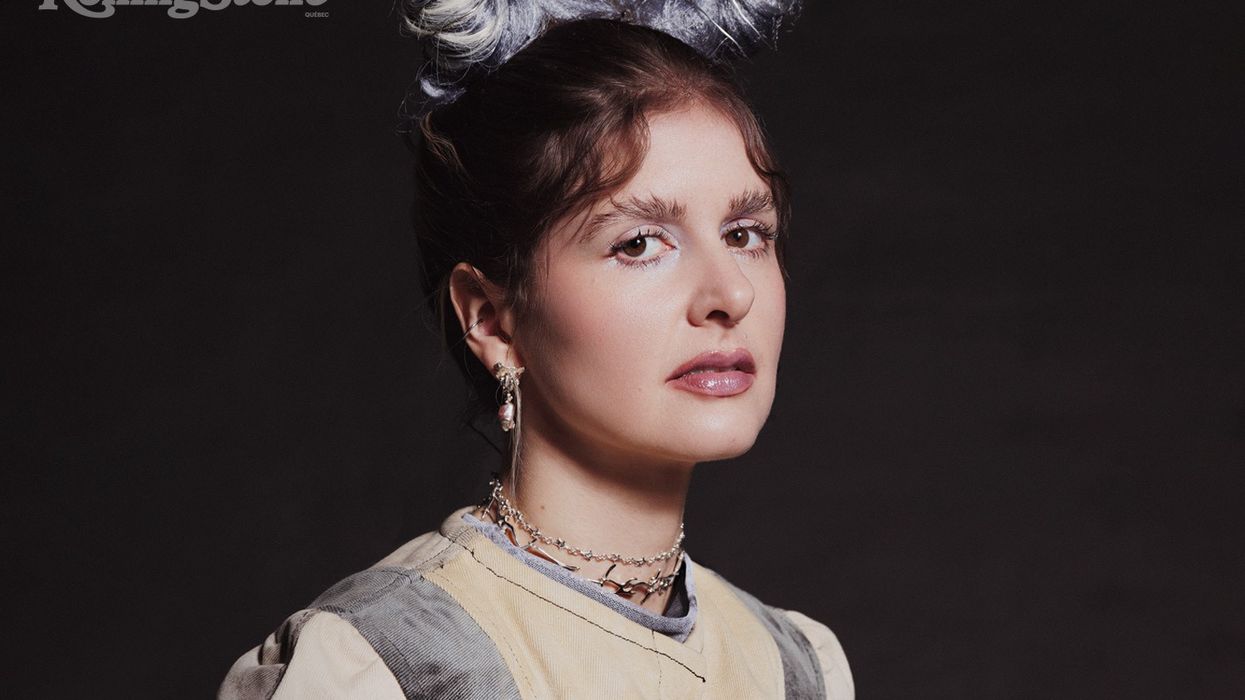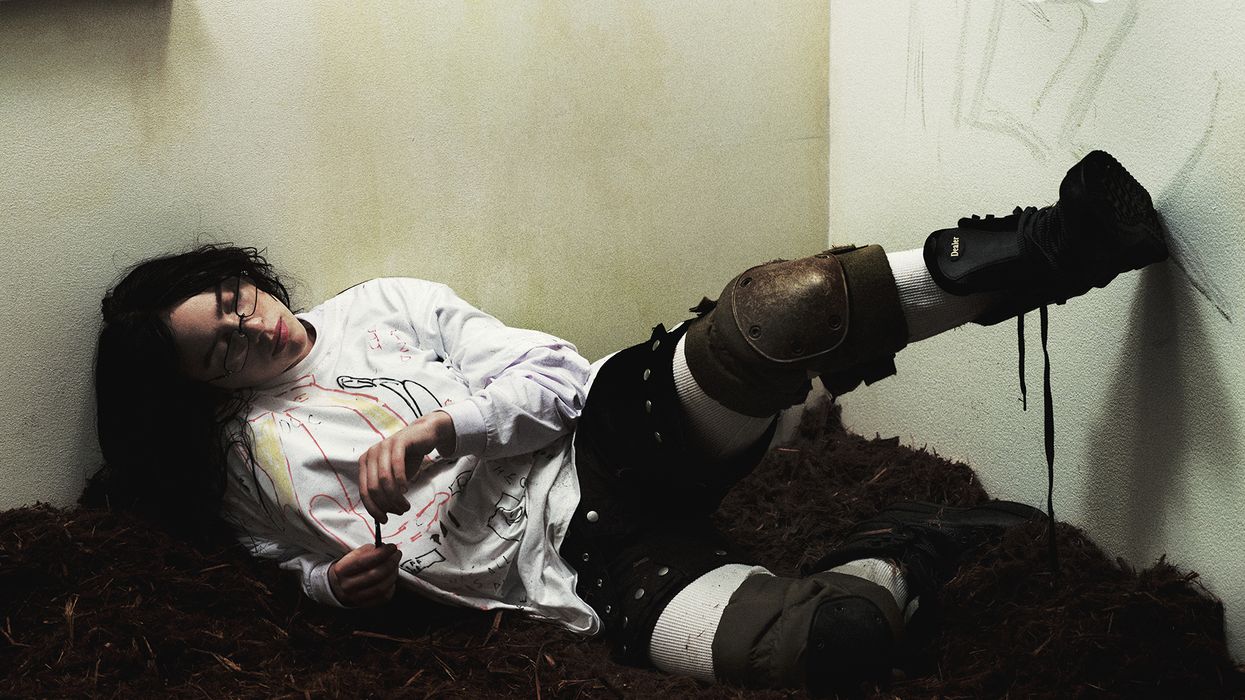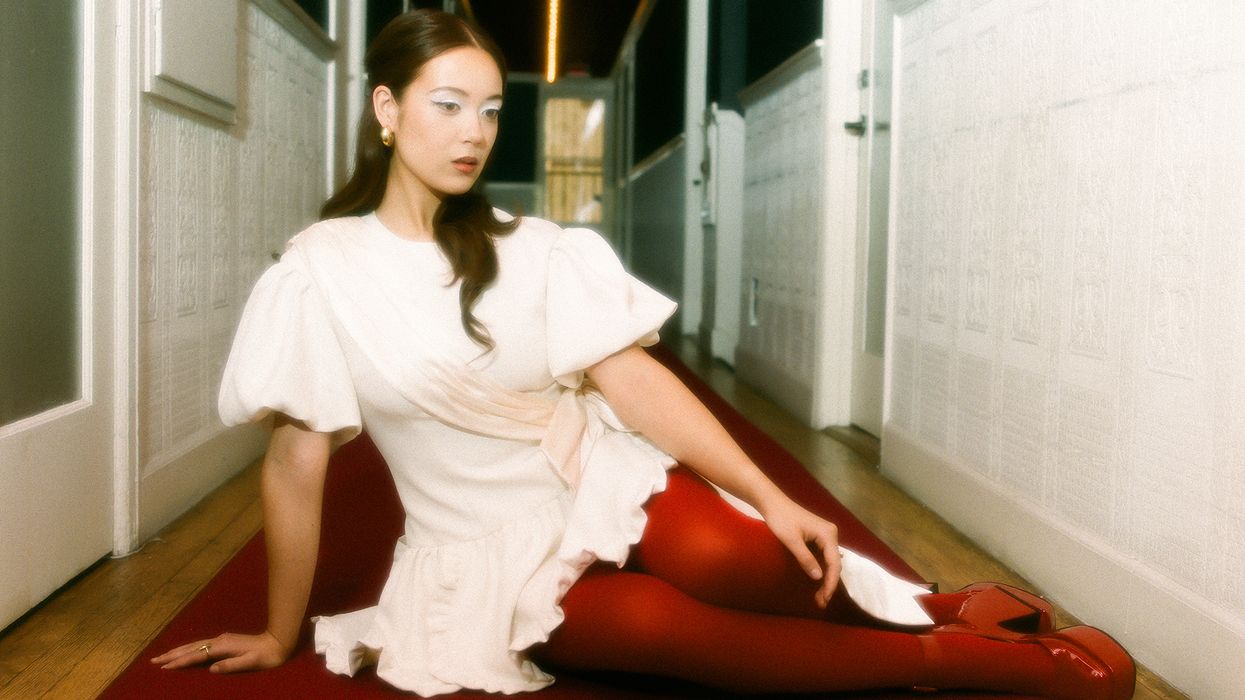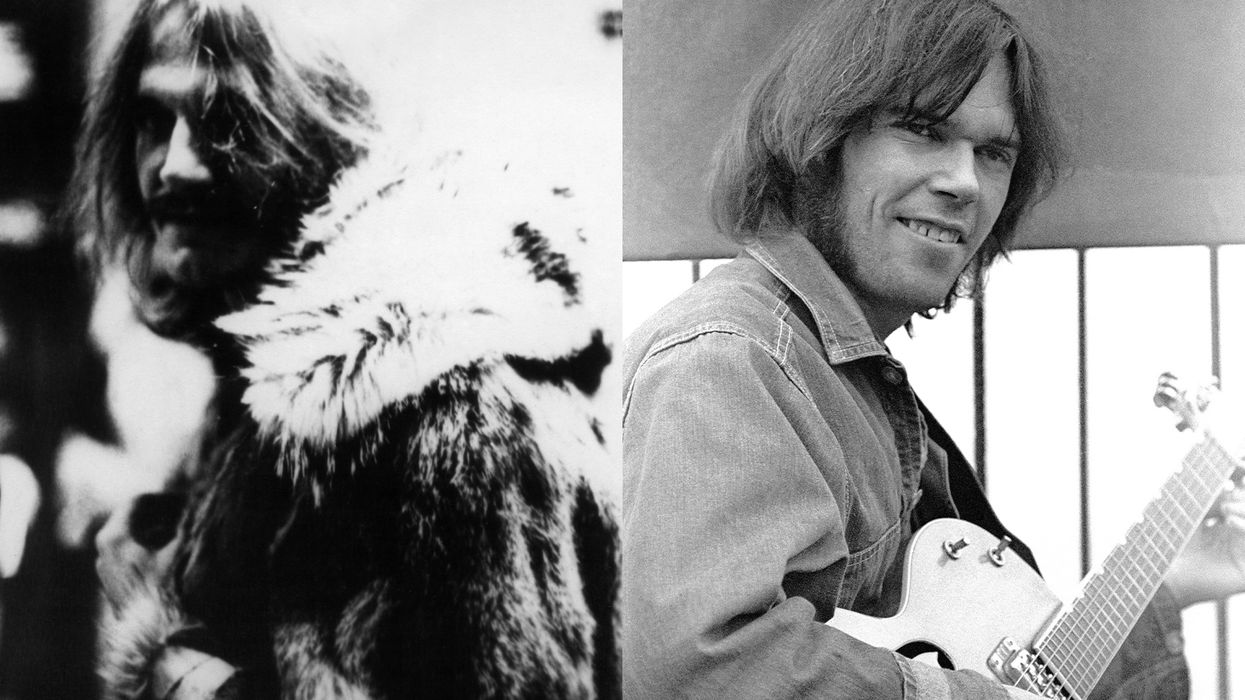If you’ve ever wandered backstage at a festival or through the private parking lot of an arena during a concert, you’ve probably noticed something: a long row of tour buses. And if you looked closely, you may have seen the same name on every single one: Prevost.
The story of these coaches, like that of nearly every tour bus in North America, doesn’t begin in Los Angeles but just outside Québec City.
That’s where I find myself on a rainy morning, the day after Def Leppard’s show at the Festival d’été, in Sainte-Claire, about thirty minutes from the city. From the moment you enter the village, you feel Prevost’s impact: a source of local and national pride and by far the region’s largest employer. The founder’s house still stands here, as do those of many of his descendants, including his grandson, Marco Prévost, who gives me a tour of the company’s massive factory.
The family dynasty, he explains, began when his ancestor Eugène Prévost, a cabinetmaker by trade, was hired to build the body of a REO truck that would transport villagers to the capital.
From War to World Tours
His skills quickly earned him a reputation, and orders started pouring in, but he limited production to one bus a year, since his main business at the time was building church pews. In 1939, he opened his first factory dedicated to bus manufacturing, which boosted output to ten vehicles per year. It came at the perfect time, as Prevost received a major contract from the Ministry of Defence during the Second World War.
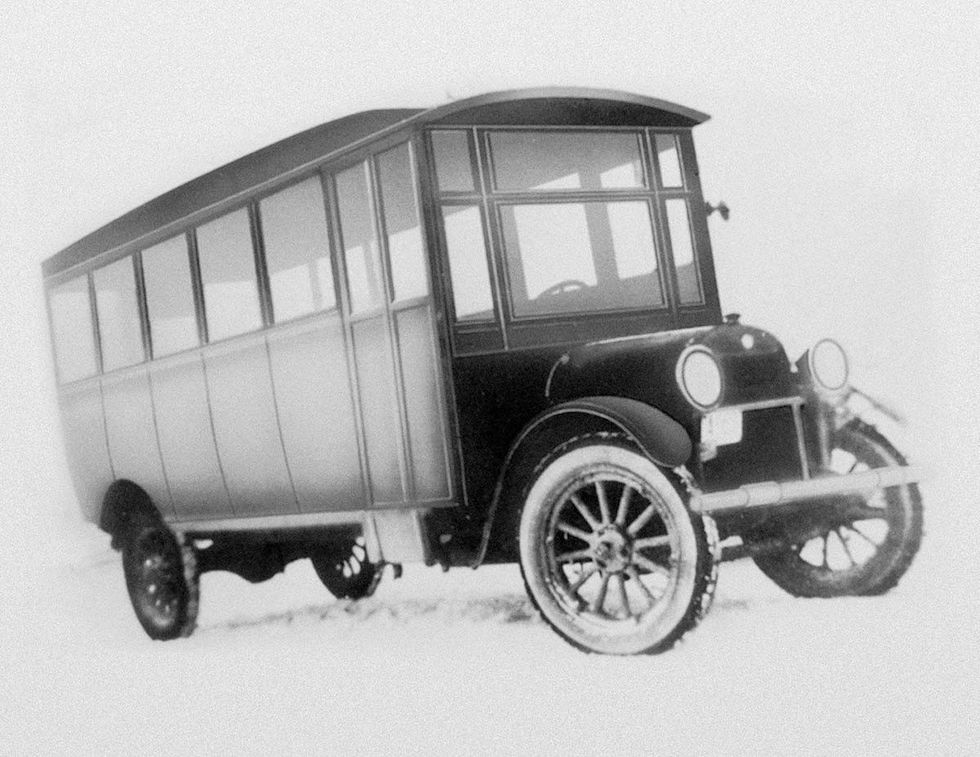
Gradually becoming the continent’s leading coach manufacturer, Prevost began specializing in tour buses for artists in the 1980s and soon dominated the field entirely.
“Today, there are about 1,500 of our buses across North America, and we basically cover the entire entertainment industry since we’re the only player in that segment,” says François Tremblay, Prevost’s president.
Ingenious Québec Craftsmanship
What truly sets Prevost apart is the structure of its chassis, all built in Sainte-Claire. Normally, RVs and motorhomes are mounted on truck frames topped with fiberglass shells. “As you can imagine, over time, everything shifts and starts to go crooked,” Tremblay explains. Building on a stainless-steel bus chassis allows everything to stay perfectly aligned for decades. Even if a converter installs marble or tile flooring, “the floor will never crack.”
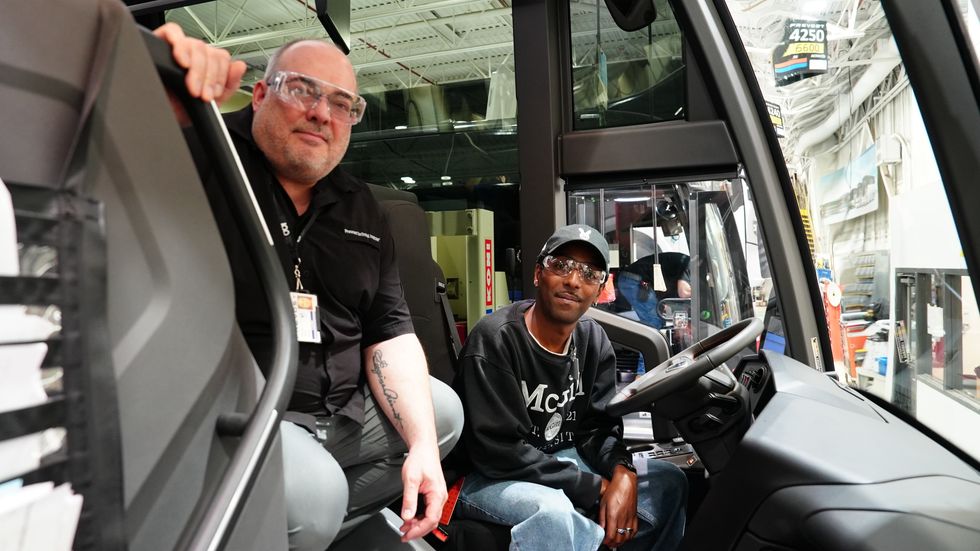
This durability translates into impressive numbers: Prevost coaches are designed to last an average of 20 years and often rack up more than 1.6 million kilometers over their lifetime. To ensure this, each bus undergoes rigorous testing in Sainte-Claire, including in a special chamber that simulates extreme weather to make sure they can withstand anything from a snowstorm in Thunder Bay to the California desert.
A Home on the Road
For touring professionals, driving comfort isn’t a luxury, it’s a survival requirement.

When I meet Laura Jean Clark in Québec City, she’s on tour with Slayer. “The bus becomes more of a home than my actual home,” she tells me. A tour manager for artists like Drake, Coldplay and Shakira, Clark spends more time in Prevost coaches than in her own house.
For artists, moving from a minivan to a real tour bus is a game changer, not only for logistics but for the crew’s health and morale. A bus means no need to book hotels or eat out for every meal, since there’s a kitchenette onboard. Most importantly, each bus has a bathroom, and some even include showers.
On Beyoncé’s Cowboy Carter Tour, for example, that convenience is crucial, as she reportedly ordered around thirty Prevost buses.
Another reason the world’s biggest artists, as well as Formula 1 drivers, mobile banks in rural areas and even the U.S. president, choose Prevost is the near-infinite level of customization. “Justin Bieber even had a fireplace installed in his,” reveals Tremblay. While Prevost builds the vehicles themselves, several specialized companies handle interior conversions.
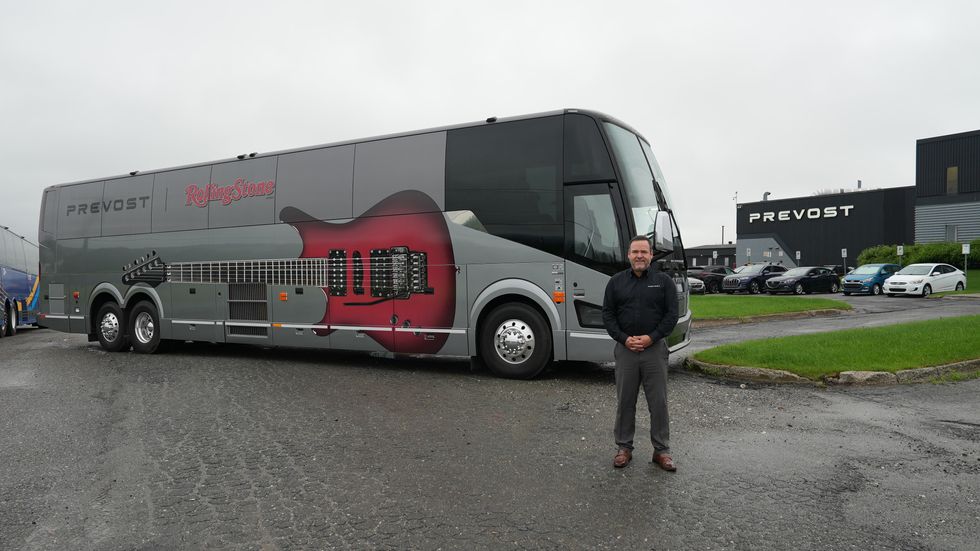
Each bus, made up of roughly 9,000 parts assembled over about 48 days, is then sent to a converter who tailors it to the client’s needs. Many amateur and professional sports teams also travel in Prevost coaches, while F1 drivers use their customized motorhomes as mobile headquarters.
Limitless Customization
Some artists opt for a full bedroom or a recording studio. As Clark tells me, the studio bus that followed Drake on his early tours was key to the creation of several of his biggest hits.
Other clients have more specific requirements, like Ground Force One, the code name for the two Prevost buses used by the U.S. president and the Secret Service. Equipped with ultra-secure communications systems and a range of classified features, they’re built on the X3-45 VIP model, the same type I saw being assembled that morning in Sainte-Claire. According to the Secret Service, Prevost was the only manufacturer with a chassis strong enough to support the extensive modifications and security systems required.

The Promise of Greener Touring
Today, the original factory site built by Eugène Prévost serves as a research and development center, ensuring the company continues to innovate. In the coming years, Tremblay says, the biggest challenge will be electrification. The first all-electric tour buses could be ready as soon as next year.“More and more artists are trying to reduce their carbon footprint. When you’re going from stadium to stadium, it’s actually pretty simple to plug in the bus and get ready to hit the road again, but of course, range is still the biggest challenge.” 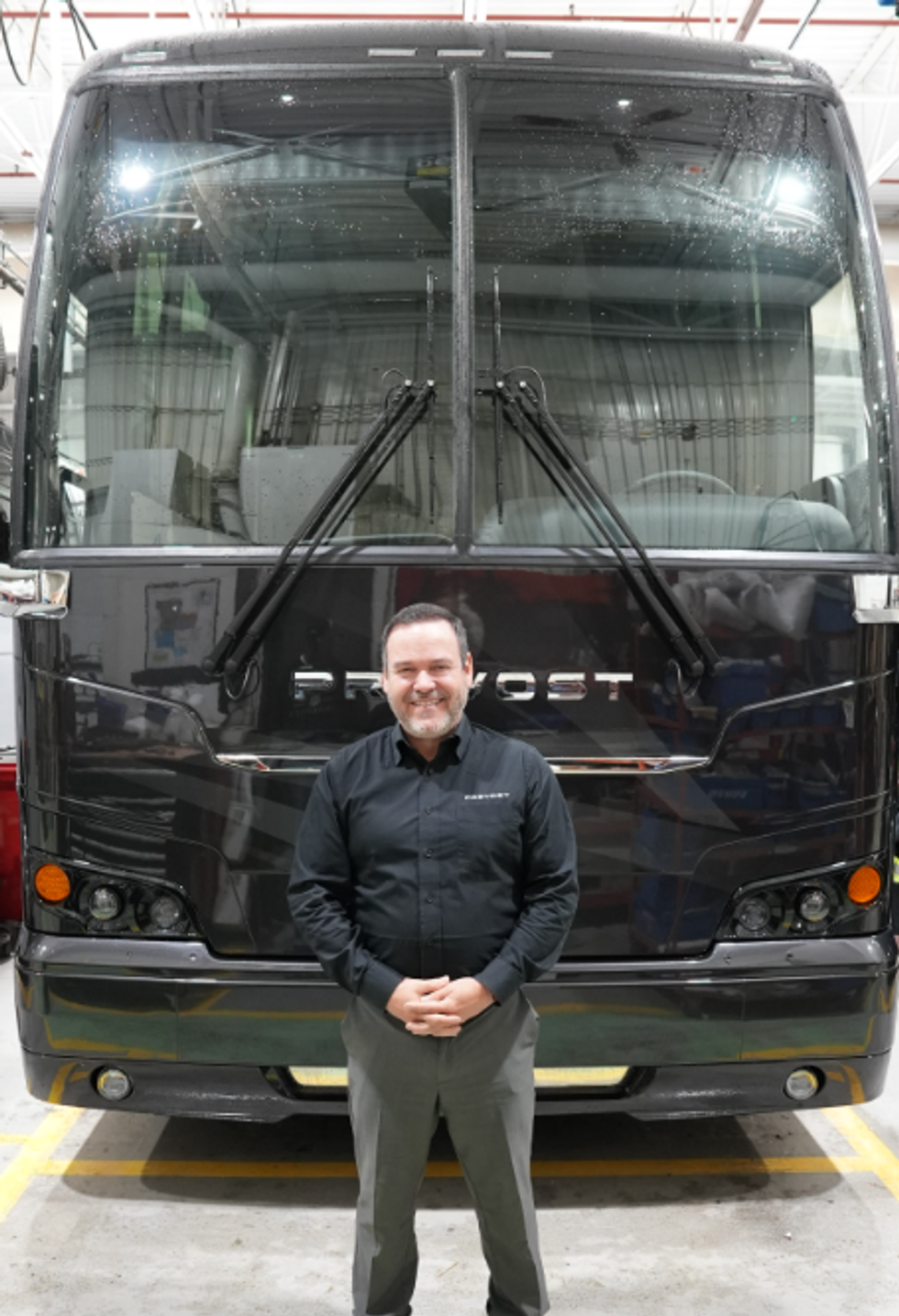
As I leave the factory, a row of brand-new buses stands in the yard, lined up like spacecraft ready to launch into another world. Within days, they’ll be bound for Nashville, Rouyn-Noranda or Los Angeles, joining massive concert tours or professional sports convoys. It’s striking to think that from this village of just 3,000 people comes such a vital piece of North America’s entertainment infrastructure. Each bus assembled here carries not just Québec’s engineering expertise but also a distinct sense of craftsmanship, comfort and pride.
The models have changed, and so has the market, but the artisanal spirit imagined by Eugène Prévost still runs through every detail. The artists who sleep, write or celebrate aboard these buses may not realize it, but they’re living, quite literally, inside a small fragment of Québec.
